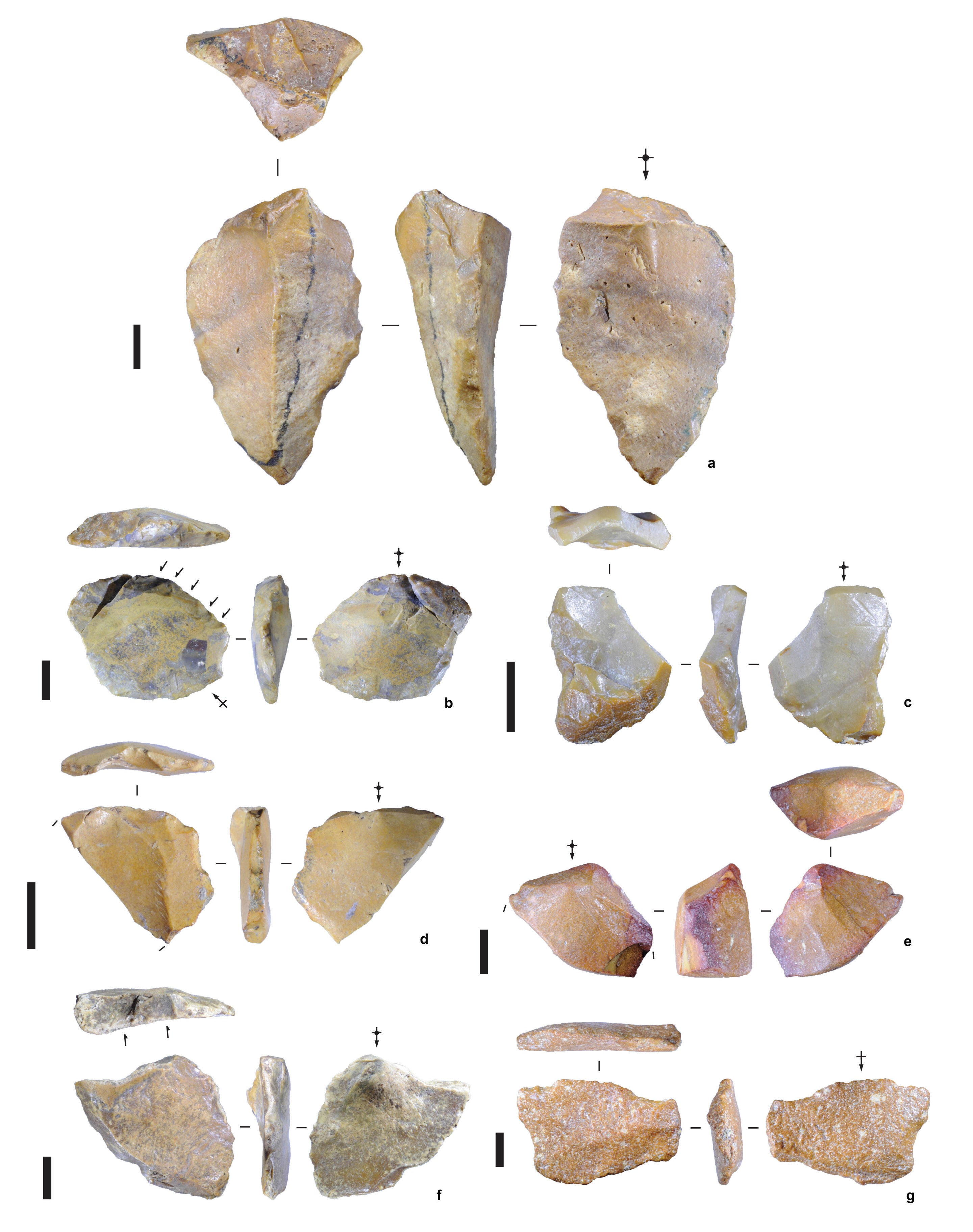Humans may have crossed mainland Southeast Asia to occupy surrounding islands much earlier than previously thought, according to a new study that sheds more light on the origin of the Flores “hobbit” species.
The hobbit, Homo floresiensis, was a small-bodied human species that likely emerged from the Homo erectus after they had crossed the marine barrier around Southeast Asia to inhabit Indonesia’s Flores island a million years ago.
Homo erectus likely underwent hundreds of thousands of years of dwarfism on that isolated island to evolve into the hobbit species. But exactly how this might have happened is a mystery researchers say million-year-old stone tools found on Indonesia’s Sulawesi island could help unravel.
The tools include sharp-edged stone fragments that the ancient humans made from larger pebbles likely taken from nearby riverbeds.
Previous research suggested that the Wallacea archipelago was occupied from at least 1.02 million years ago, based on the presence of stone tools at Wolo Sege on Flores, while Talepu on Sulawesi was inhabited around 194 thousand years ago.
The latest find at Calio indicates early humans reached Sulawesi far earlier than thought, “at around the same time as Flores, if not earlier”.
The stone artefacts point to the island being a tool-making site and a hunting ground nearly 1.04 million years ago.

“Sulawesi is a wild card. It is like a mini-continent in itself,” study co-author Adam Brumm said. “This discovery adds to our understanding of the movement of extinct humans across the Wallace Line, a transitional zone beyond which unique and often quite peculiar animal species evolved in isolation.”
The findings also raise questions about the evolution of the “hobbit” humans.
“If hominins were cut off on this huge and ecologically rich island for a million years, would they have undergone the same evolutionary changes as the Flores hobbits? Or would something totally different have happened?” Dr Brumm said.
“It’s a significant piece of the puzzle but the Calio site has yet to yield any hominin fossils. So while we now know there were tool-makers on Sulawesi a million years ago, their identity remains a mystery.”







